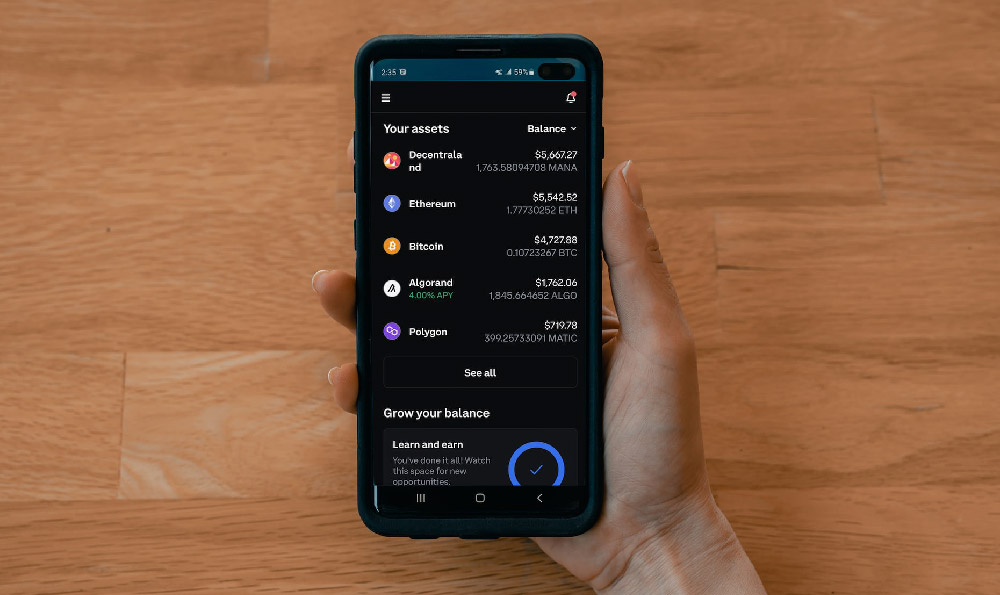How Much Does YouTube Pay Per View? And Can You Make a Living From It?
Okay, here's an article addressing the question of YouTube monetization, earnings per view, and the feasibility of making a living from YouTube, keeping in mind the specified length and structural requirements:
The allure of earning income passively while sharing your passions with the world has drawn millions to YouTube. The platform’s Partner Program, which allows creators to monetize their content through advertisements, sponsorships, and merchandise shelves, seems like a golden ticket. However, the question on every aspiring YouTuber’s mind remains: how much does YouTube actually pay per view, and is it realistic to consider it a viable career path?
The answer, unfortunately, is not straightforward. YouTube’s payment structure is complex and heavily influenced by a multitude of factors. There isn't a single, fixed rate per view. Instead, creators earn money based on something called the CPM (Cost Per Mille), which represents the amount advertisers pay YouTube for one thousand views of their advertisements. YouTube then shares a portion of that revenue with the content creator. This share is typically around 55% of the CPM.

Several key elements determine the CPM itself. One of the most important is the niche or topic of your channel. Content targeting specific demographics with high purchasing power tends to attract higher CPMs. For example, videos about finance, investing, or high-end technology usually command significantly higher advertising rates compared to content focused on gaming or general entertainment. This is because advertisers are willing to pay more to reach audiences who are likely to purchase their products or services.
Another crucial factor is the audience demographics. Advertisers are willing to pay more to reach viewers in certain countries. For instance, views from the United States, Canada, Australia, and the United Kingdom generally generate higher CPMs than views from countries with lower per-capita income. This is because these countries tend to have a larger pool of potential customers with greater disposable income.
Engagement metrics also play a vital role. YouTube favors videos with high watch times, strong audience retention, and healthy engagement in the form of likes, comments, and shares. Videos that keep viewers engaged for longer periods are more likely to be shown to a wider audience through the algorithm, ultimately leading to more ad impressions and higher revenue. Furthermore, videos with genuine engagement signal to advertisers that their ads are being viewed by an attentive and interested audience.
Ad formats also influence earnings. Different types of advertisements, such as skippable in-stream ads, non-skippable in-stream ads, bumper ads, and overlay ads, command different CPMs. Non-skippable ads typically generate the highest revenue, but they can also negatively impact the viewer experience, potentially leading to lower watch times and decreased engagement. Creators must carefully consider the trade-offs between revenue generation and audience satisfaction when selecting ad formats.
The season of the year can also impact CPM. Advertisers typically spend more money during peak seasons like the holidays, resulting in higher CPMs for creators. Conversely, CPMs may decrease during slower periods, such as the beginning of the year.
Given these variables, it’s difficult to pinpoint an exact dollar amount per view. However, a reasonable estimate for most channels is between $0.003 to $0.005 per view, translating to roughly $3 to $5 per 1,000 views. This figure can fluctuate significantly depending on the factors mentioned above. Some creators in lucrative niches can earn upwards of $10 or even $20 per 1,000 views, while others may earn considerably less.
Now, to the crucial question: can you make a living from YouTube? The answer is yes, but it requires a substantial amount of dedication, strategic planning, and consistent effort. Success on YouTube is not guaranteed, and it's important to approach it with realistic expectations.
Building a sustainable income stream from YouTube requires more than just uploading videos. It requires building a loyal and engaged audience. This involves consistently creating high-quality content that resonates with your target demographic, actively engaging with your viewers in the comments section, and promoting your videos across other social media platforms.
Reaching the threshold for monetization, which currently requires 1,000 subscribers and 4,000 valid watch hours within the past 12 months, is only the first step. Generating a substantial income requires a much larger subscriber base and consistent viewership. Many successful YouTubers supplement their advertising revenue with other income streams, such as sponsorships, merchandise sales, affiliate marketing, and crowdfunding. Diversifying your revenue streams is crucial for long-term financial stability.
Sponsorships involve partnering with brands to promote their products or services in your videos. This can be a lucrative source of income, especially for channels with a highly engaged and targeted audience. Merchandise sales allow you to sell branded products, such as t-shirts, mugs, and stickers, to your fans. Affiliate marketing involves promoting other companies' products and earning a commission on each sale made through your unique affiliate link. Crowdfunding platforms like Patreon allow your most loyal fans to support your channel financially in exchange for exclusive content or perks.
Furthermore, understanding and utilizing YouTube analytics is crucial for optimizing your content and maximizing your earnings. Analytics provide valuable insights into audience demographics, watch times, traffic sources, and other key metrics. By analyzing this data, you can identify what's working and what's not, and adjust your content strategy accordingly.
In conclusion, while YouTube can be a challenging and competitive platform, it offers a legitimate opportunity to earn a living doing what you love. However, it requires a significant investment of time, effort, and resources. Success on YouTube is not solely about the number of views you generate; it's about building a loyal community, diversifying your revenue streams, and consistently delivering high-quality content that resonates with your audience. Approach it as a business, stay persistent, adapt to changing trends, and you may find yourself among those who have carved out a successful and rewarding career on YouTube.















